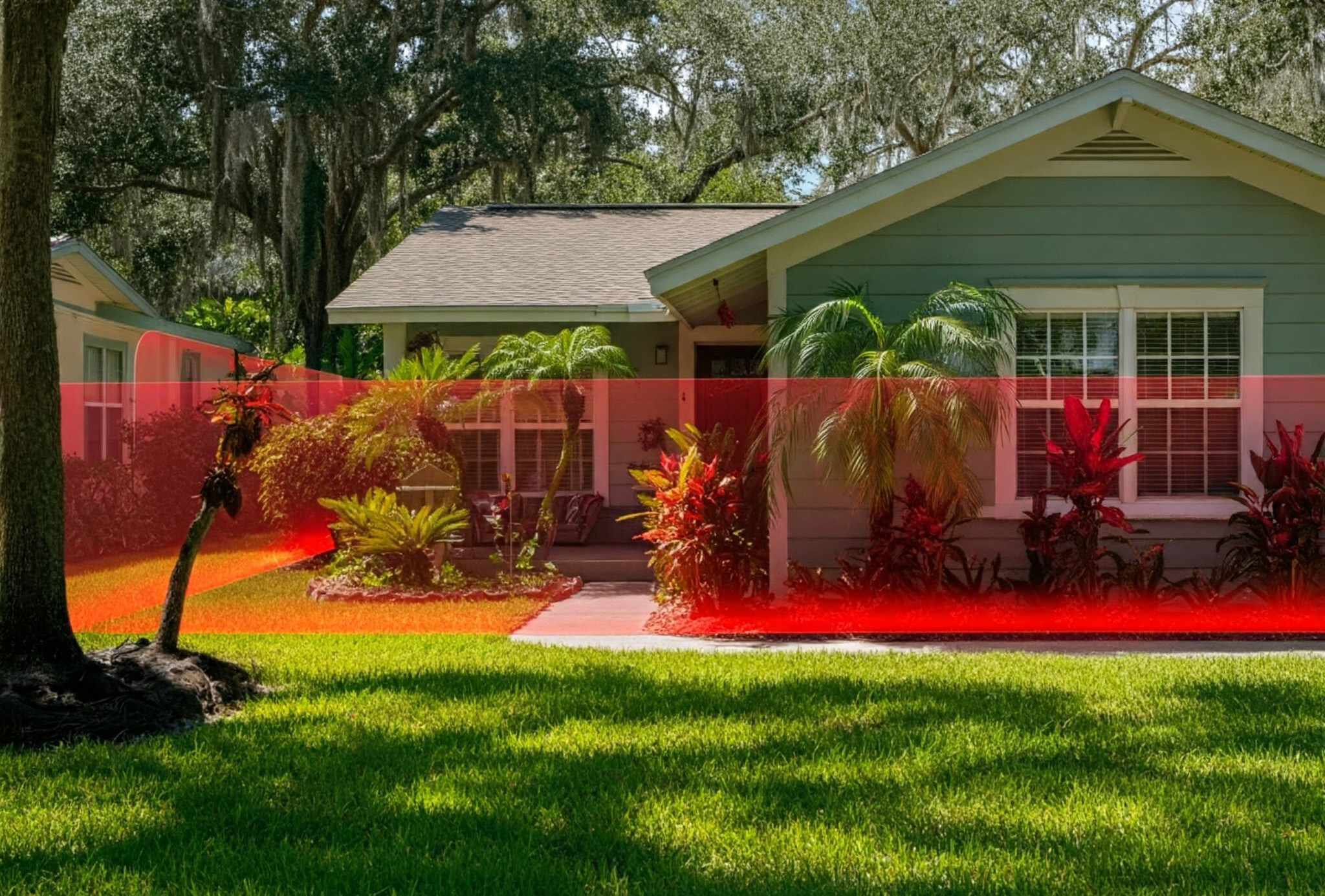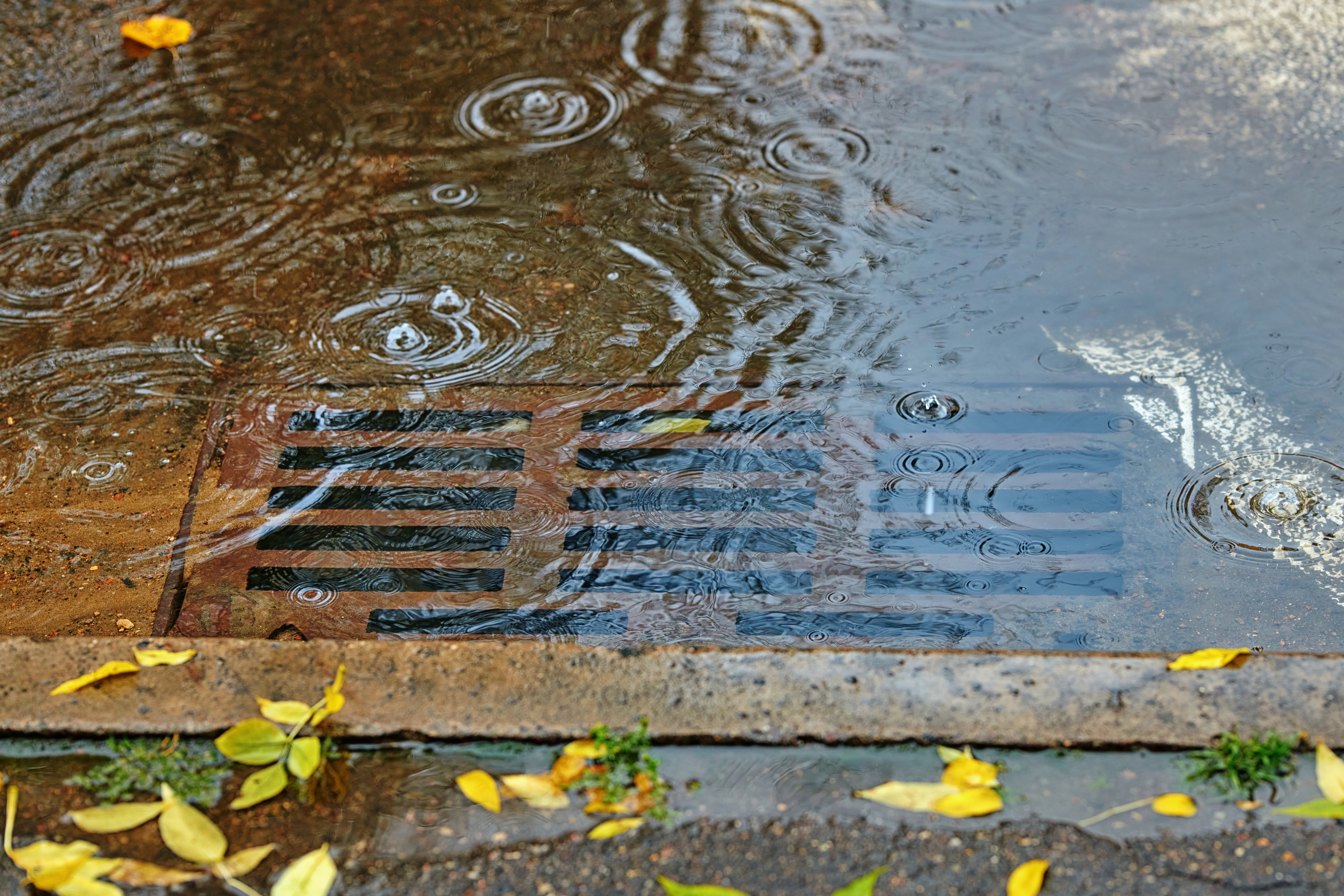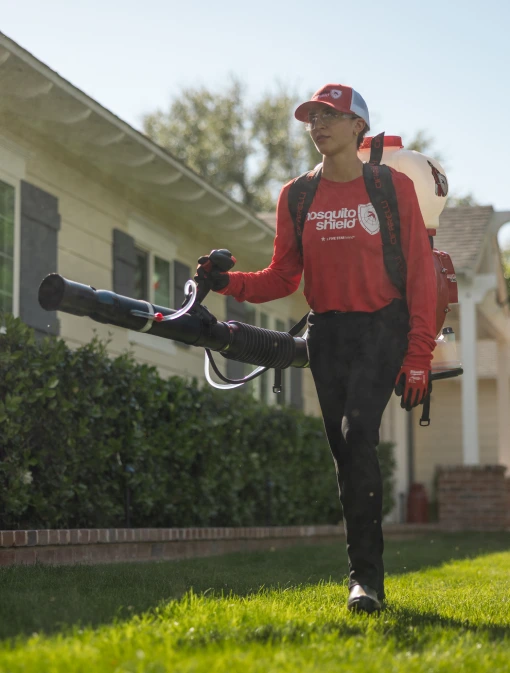Experience relaxation and peace in your backyard with our proven mosquito control solution. Trusted by families in Comack, our innovative approach not only repels mosquitoes but also establishes a durable barrier customized to your outdoor environment. Mosquito Shield of Suffolk County is dedicated to creating mosquito-free zones, so you can enjoy your outdoor spaces without interruption.

Effective mosquito control in Comack, NY, that drives mosquitoes away and keeps them out of your yard.

Enjoy mosquito-free outdoor time in Comack with treatments designed to provide lasting results.

Highly rated mosquito control services in Comack, trusted by residents to enhance outdoor living.

Commack, New York, is a large hamlet in Suffolk County on Long Island, featuring a mix of suburban residential lots, wooded buffers, retention ponds, and stormwater drainage systems. These habitats, in combination with regional humidity, support both thriving tick and mosquito populations.
Commack’s yard-edge vegetation, wooded buffers, drainage corridors, and open spaces encourage consistent mosquito and tick presence during warm seasons.
Local pest control providers emphasize the need for regular protection due to mosquito‑borne diseases such as West Nile virus and EEE and tick‑borne illnesses including Lyme disease and babesia. Suffolk and Nassau county authorities report increasing tick population and disease testing shows ~31% of submitted ticks carry at least one pathogen.
Suggested prevention actions include:
Combining professional pest management services with homeowner best practices—like landscape maintenance, tick checks, and repellent use—helps reduce vector risk in Commack across seasons.

The weather in Commack adheres to Long Island’s humid continental/tropical pattern: summers are hot and humid, winters mild. Mosquito season typically runs from April into October, peaking during hot, wet months. Tick activity is most intense from spring through late fall, with early season emergence in March and high activity in peak months; 2025 tick‑borne encounters have doubled compared to 2024 in New York State labs.

